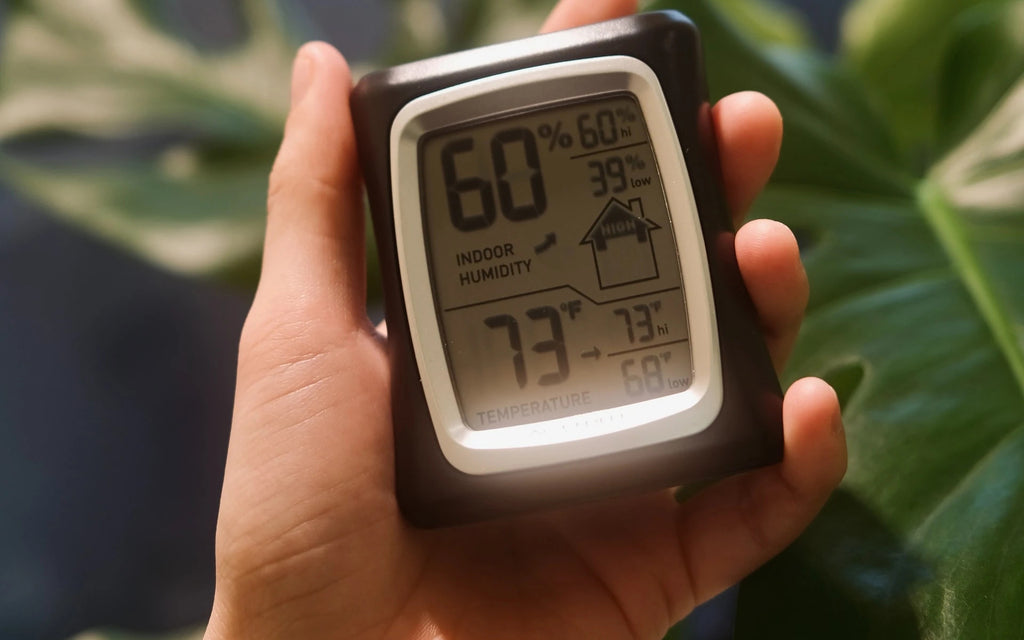
This stunning flowering deep green plant species have an adult stem standing nearly 50 inches tall, supported by a dark brown stem strongly flattened, measuring almost two inches in circumference. When grown outside, it produces tasty edible dark green fruits resembling corn cobs.
What is the Monstera Punctulata?

There are over 40 monstera plants with over fifteen rare monstera plants. These rare monstera plants are very expensive and have only been seen a few times growing in the wild and possibly in some specialized nurseries. Monstera punctulata's stem grows upwards rather than outwards and supports large, beautiful, lacey, split leaves with white flowers.
The monstera punctulata resembles a giant split philodendron that starts low and grows in height. This rare species is found in the tropical areas of Mexico, South America, and such Central American countries as,
-
Belize
-
Costa Rica
-
Panama
-
Peten
-
Guatemala
This plant species thrive well in the southern United States, such as Florida and Texas, where most days are hot and humid. The Monstera Punctulata Schott ex Engl would not fare well in hot, dry climates such as Arizona.
How to identify this shingle plant with possible densely flecked leaves?

-
Bright green coloured leaves with prominent white lateral veins; secondary lateral veins reticulate.
-
Densely white-spotted petiole sheath wings.
-
Flowering spadix.
-
Stems have a rough texture, and the dark is strongly flattened.
-
Attracts leaf cutter ants that damage the leaves. However, the leaves contain trichosclereids that help protect them from such predation.
-
Only plant to develop dark green fruit and when dried becomes a greenish-gold coloured fruit.
-
Anchor roots are numerous, and feeder roots are rare or not present.
Gardeners know that they must provide the dark green monstera punctulata and other monstera species considered rarer with essential nutrients for this plant to thrive. Essential nutrients allow for the brilliant green leaves to thrive and blossom. The best essential nutrients a gardener can apply to their Monstera are organic materials obtained from your food waste and added to your compost. There is no higher-quality garden or potting soil.
A Lomi right from your kitchen makes recycling food waste easy and cost-saving.

How to Grow the Monstera Punctulata?

The monstera punctulata adds a vibrant touch of greenery to your interior home with its large leaves with splits and holes and is not a fussy plant requiring little care. However, it may need some stem support because it is a tall, upward-growing plant. Since this plant is a tropical plant, it does not thrive in colder states unless you make room inside your home. Growing your Monstera requires the following steps.
-
Provide indirect sun.
-
Use a large pot that accommodates this tall plant with holes in the bottom to allow adequate drainage.
-
Make sure your soil pH is no less than 5.5 and no higher than 6.5, and slightly on the acidic side. A homemade potting soil made by recycling your food waste in your Lomi and added to your compost provides your plants with a higher quality potting mixture. All you need to add is a bit of slow-release fertilizer.
-
Add some perlite to lighten your homemade soil. Non-toxic perlite helps make the soil lighter, improves drainage by aerating the soil, and helps to retain soil moisture.
-
Support the stem as it grows higher.
-
Water when the soil feels dry. Do not create soggy soil or overwater.

A standard potting soil recipe includes the following, adapted to the size of pot used.
-
Four parts of compost
-
One part perlite
-
One part coconut fiber
How to Care for the Monstera Punctulata?

The monstera punctulata and rare monstera species grow best in hot and humid climates. This plant does not survive in environments that are too dry.
Cold temperatures will kill these beautiful plants and make them dormant unless you can protect and keep the system of adventitious anchor roots numerous and warm, keeping them from the freezing temperatures. The plant will revive itself as the temperatures warm, providing the freezing temperatures do not touch the roots.
This is not saying that the northern states in the United States cannot enjoy the monstera punctulata or the rare monstera species. However, this plant is an inside house plant in these colder states.
